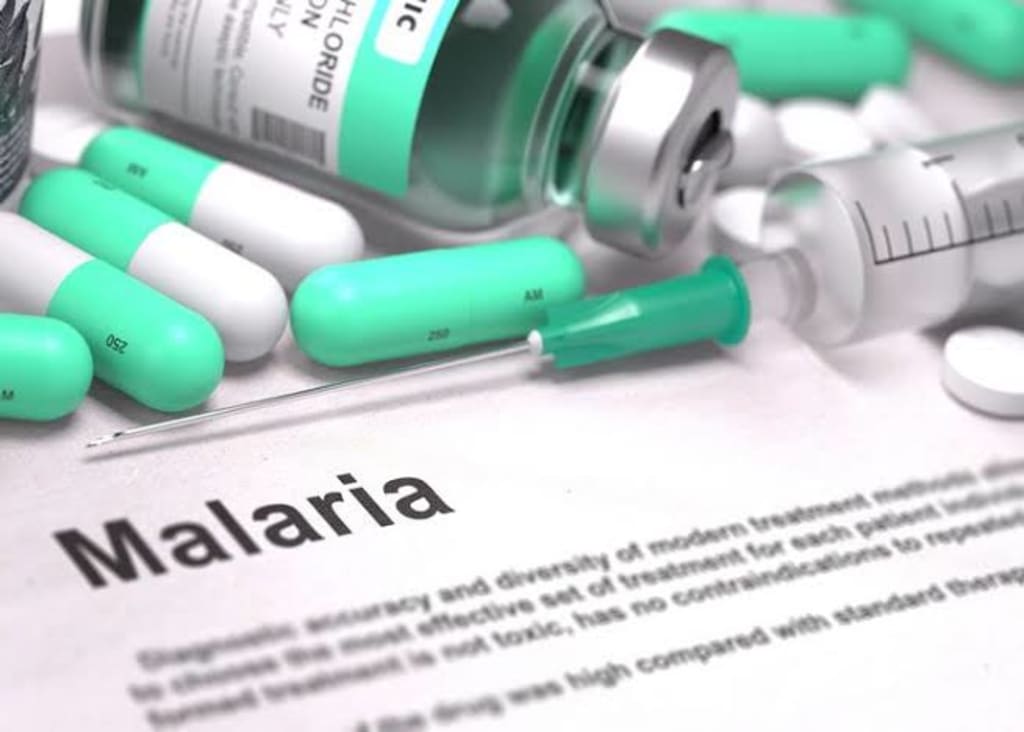Best Medicine of Malaria
The Fight Against Malaria: Exploring New Treatments and Prevention Strategies

The best medicine to treat malaria is a combination of drugs called artemisinin-based combination therapies (ACTs). These treatments are recommended by the World Health Organization (WHO) and are the most effective way to prevent and treat the disease. ACTs contain an artemisinin drug combined with a partner drug. The combination of drugs works to quickly reduce the number of parasites in the blood, prevent the transmission of the disease, and reduce the risk of drug resistance.
In addition to taking medication, there are other ways to prevent and treat malaria. These include using insect repellent, sleeping under bed nets, and avoiding mosquito bites. Other preventive measures include improving access to clean water, improving sanitation, and increasing access to health care.
For those already infected with malaria, treatment should begin as soon as possible. Symptoms of malaria can include fever, chills, and muscle aches. Treatment depends on the type and severity of the infection, and may include antimalarial drugs, intravenous fluids, or oxygen therapy. People with severe cases of malaria may need to be hospitalized for treatment.
Malaria can be deadly, but with proper prevention and treatment, it can be prevented and cured. It is important to seek medical attention if you think you may have been infected with malaria, as treatment should begin as soon as possible.Malaria is a serious, mosquito-borne infectious disease caused by the protozoans of the genus Plasmodium. It is one of the most widespread and deadly infectious diseases in the world, claiming the lives of more than 400,000 people every year, mostly in Africa.
Malaria is transmitted by the bite of infected Anopheles mosquitoes, which usually bite between dusk and dawn. The parasites are injected into the bloodstream and travel to the liver, where they replicate and invade red blood cells. Symptoms of malaria usually begin 10 to 15 days after the initial infection, and can include fever, chills, sweats, headache, anemia, nausea, vomiting, abdominal pain, and fatigue. Complications such as anemia, renal failure, and jaundice can occur, and may be fatal.
The primary goal of malaria treatment is to prevent or cure the disease. In order to achieve this, standard treatments are typically recommended, such as the use of antimalarial drugs, insecticide-treated bed nets, and environmental management.
The antimalarial drugs used to treat malaria include artemisinin-based combination therapies (ACTs), quinine, mefloquine, and chloroquine. ACTs are the most commonly prescribed antimalarial drugs, and are the recommended treatment for uncomplicated malaria in most parts of the world. ACTs contain a combination of two or more drugs, usually artemether and lumefantrine, and are used to treat both uncomplicated and severe malaria.
Insecticide-treated bed nets are an important tool for preventing malaria transmission. Bed nets are typically treated with an insecticide, such as pyrethroid, which kills mosquitoes that come into contact with it. Bed nets are often used in conjunction with other malaria prevention measures, such as indoor residual spraying and larval control.
Environmental management is an important component of malaria prevention and control. Environmental management includes measures such as reducing access to breeding sites for mosquitoes, improving sanitation, and increasing access to clean water. It can also include interventions such as larval control, which involves the application of insecticides to aquatic habitats to reduce the number of larvae.
Malaria is a preventable and treatable disease, yet it still remains a serious public health problem in many parts of the world. Effective control of malaria relies on a combination of approaches, including prompt diagnosis and treatment of infected individuals, vector control, and environmental management. To achieve the best possible results, a comprehensive strategy should be adopted that focuses on each of these areas. This strategy should include improved access to diagnosis and treatment, improved vector control, and improved access to clean water and sanitation.
In conclusion, malaria is a serious and potentially deadly infectious disease that is caused by the protozoans of the genus Plasmodium. To prevent and control malaria, a comprehensive strategy should be adopted that includes prompt diagnosis and treatment, vector control, and environmental management. By following these measures, malaria can be prevented and treated effectively, leading to improved health and quality of life around the world.





Comments
There are no comments for this story
Be the first to respond and start the conversation.